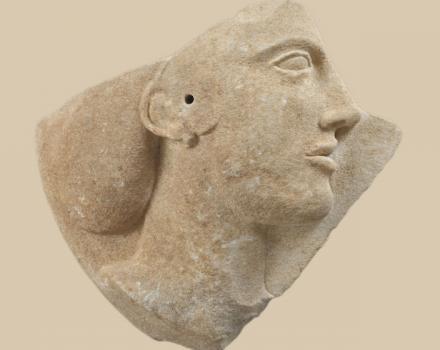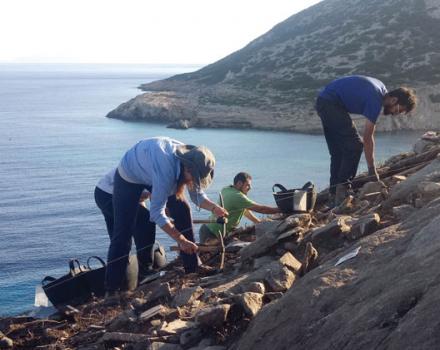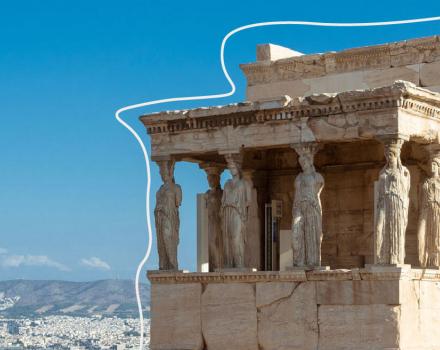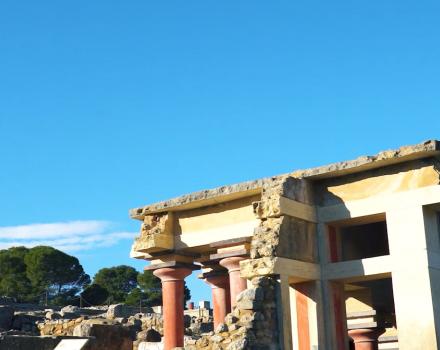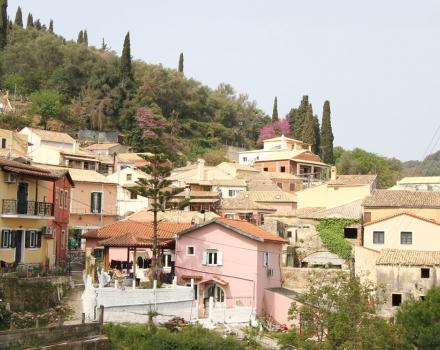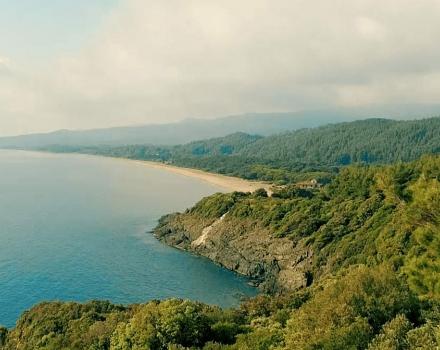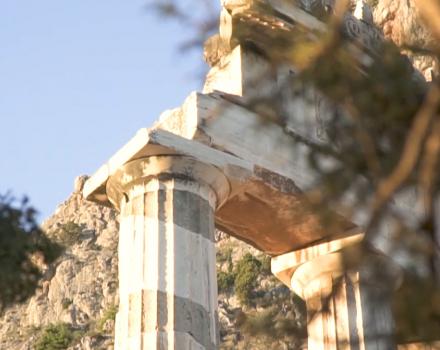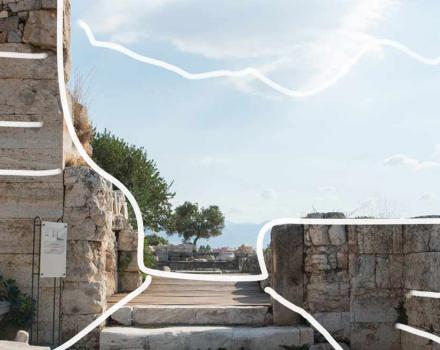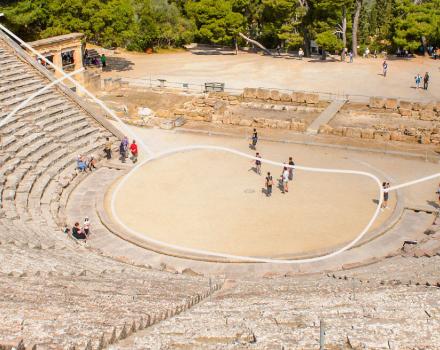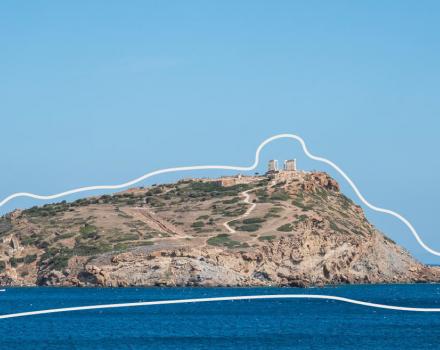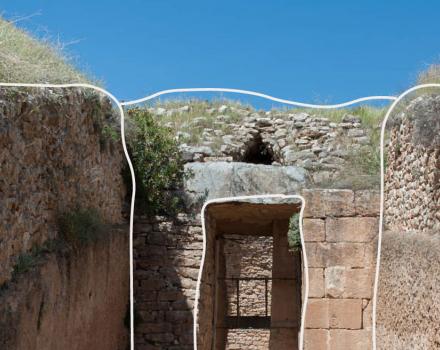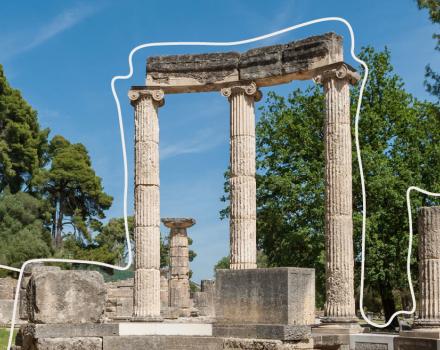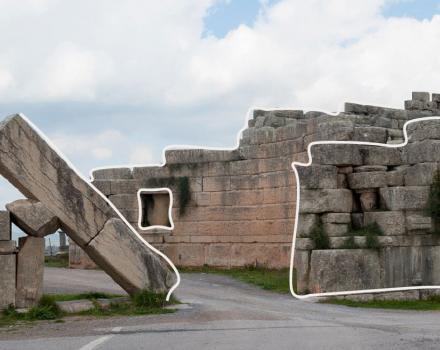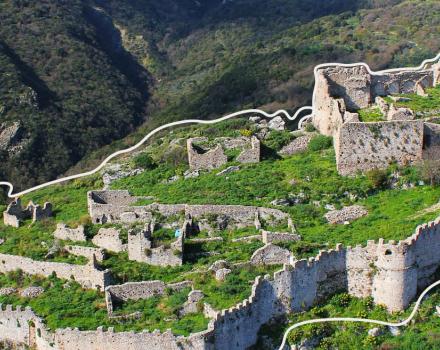“We exiled the beauty. Greeks fought for her”, Albert Camu s said in his essay “Helen’s Exile” written in 1948, few years after the end of the World War II. In this text, the writer cogitates on the relation between the modern world with the ancient Greece and he gets angry on why the beauty and the Classical Ideal were cast from Europe. Twenty five centuries ago, Socrates said that the beautiful identifies with the Good. (Plato, Hippias Major), while Aristotle (4th c. B.C.) considered that it is directly connected with the Good and Truth.
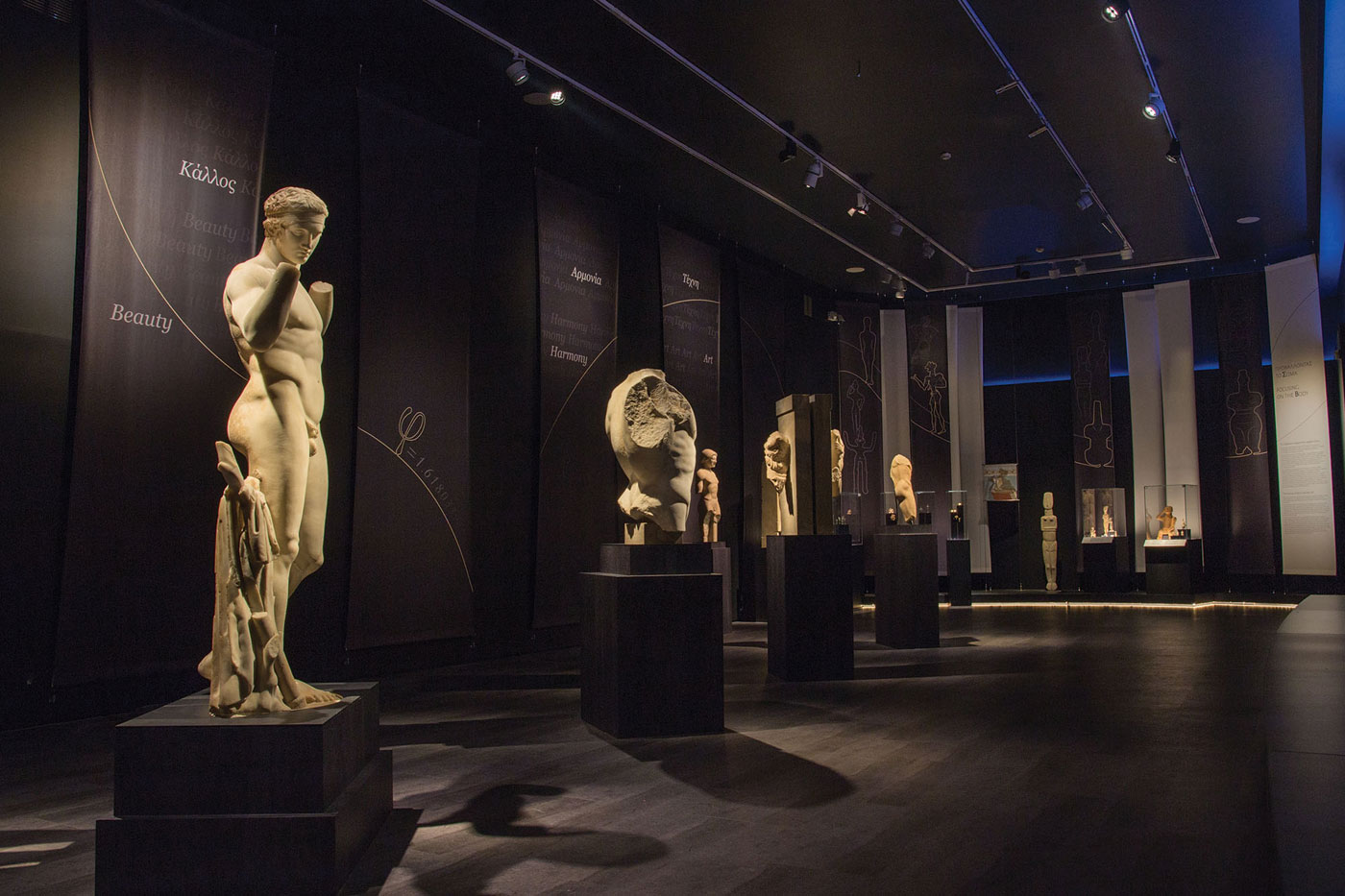
340 antiquities
The beauty has certainly many versions and explanations, beyond from those of the philosophers, as revealed by the periodical exhibition of the National Archaeological Museum (NAM) with the indicative title "The countless aspects of Beauty". By hosting 340 antiquities from the enriched collections of ΝΑΜ, the exhibition attends how art attributes or is surrendered to what each time considers to be beautiful. It is either about sculptures depicting the human body or about everyday objects of beauty, the selected exhibits narrate the different expressions of aesthetics in heterogeneous social and cultural environments, from Neolithic to Late Antiquity.
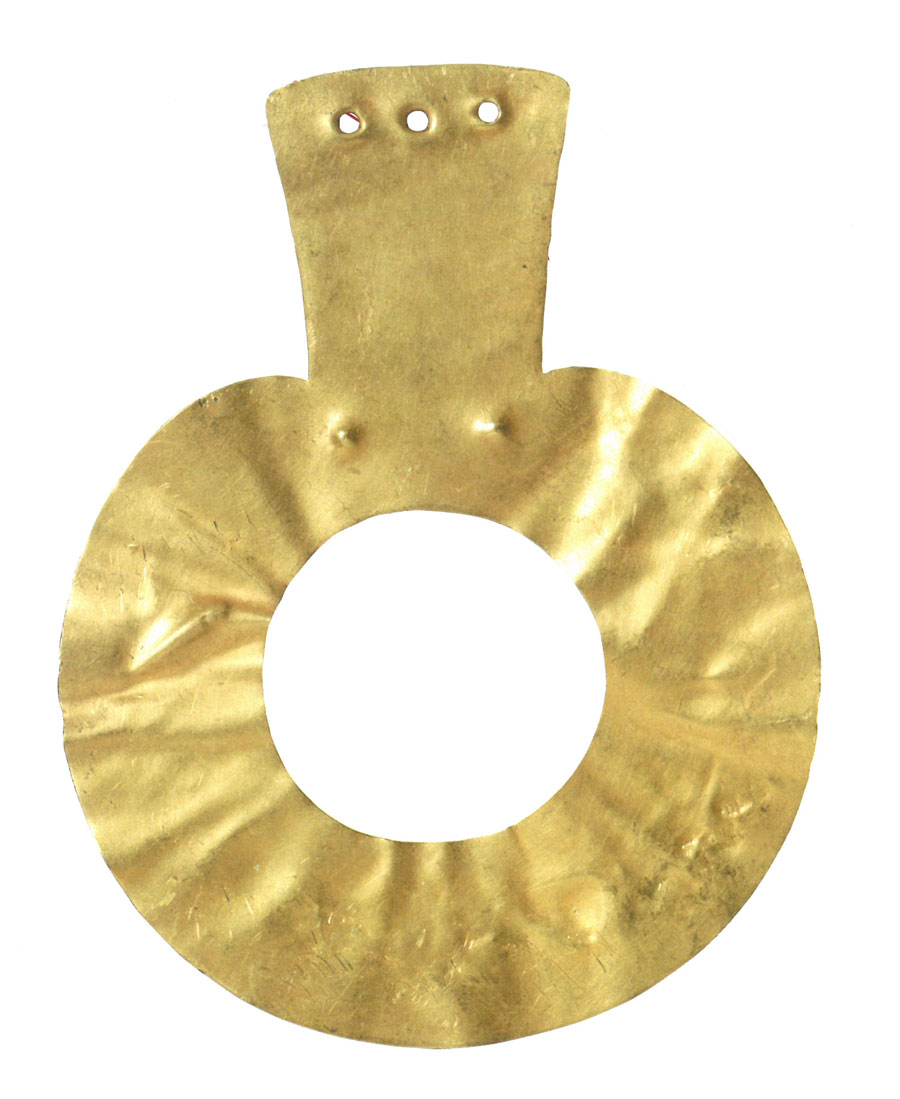
Attending the beauty as a continuous alternate reality, the exhibition unfolds in four parts, with the first being about “Eternal aesthetics”. The visitor finds in it how various types of vessels and everyday life beneficial objects were transformed by skillful craftsmen into marvelous works of art. Amongst them there is an ornate marble “kandila” belongs to the Early Cycladic period (3200 – 3800 B.C.) from Paros island and a duck-shaped vessel, a remarkable vessel made by rock crystal from a Mycenae's artist during 16th c. B.C.
Aphrodite and Eros
“The beautiful and the desirable” is the section follows, where the islet in the center of the room, forming two stations, catches the eye. There are two illustrated episodes, including an ancient Greek ideology about beauty and its connection to love. Central faces are, of course, Aphrodite, the great teacher of the beauty secrets, and Eros, the most beautiful amongst gods. Born in the Aphrodite’s birthday and in love by its nature with beauty, the little Eros follows forever the beautiful goddess. Thus, the marble statue of the half-naked Aphrodite (2nd century A.D.), as a nymph in the bath, which is exhibited here, is accompanied by a marble statue of sleeping Eros (2nd century A.D.).
"The exhibition, with 340 chosen antiquities from the enriched collections of the National Archaeological Museum, attends how the art attributes or is surrendered to what each time considers as beautiful.
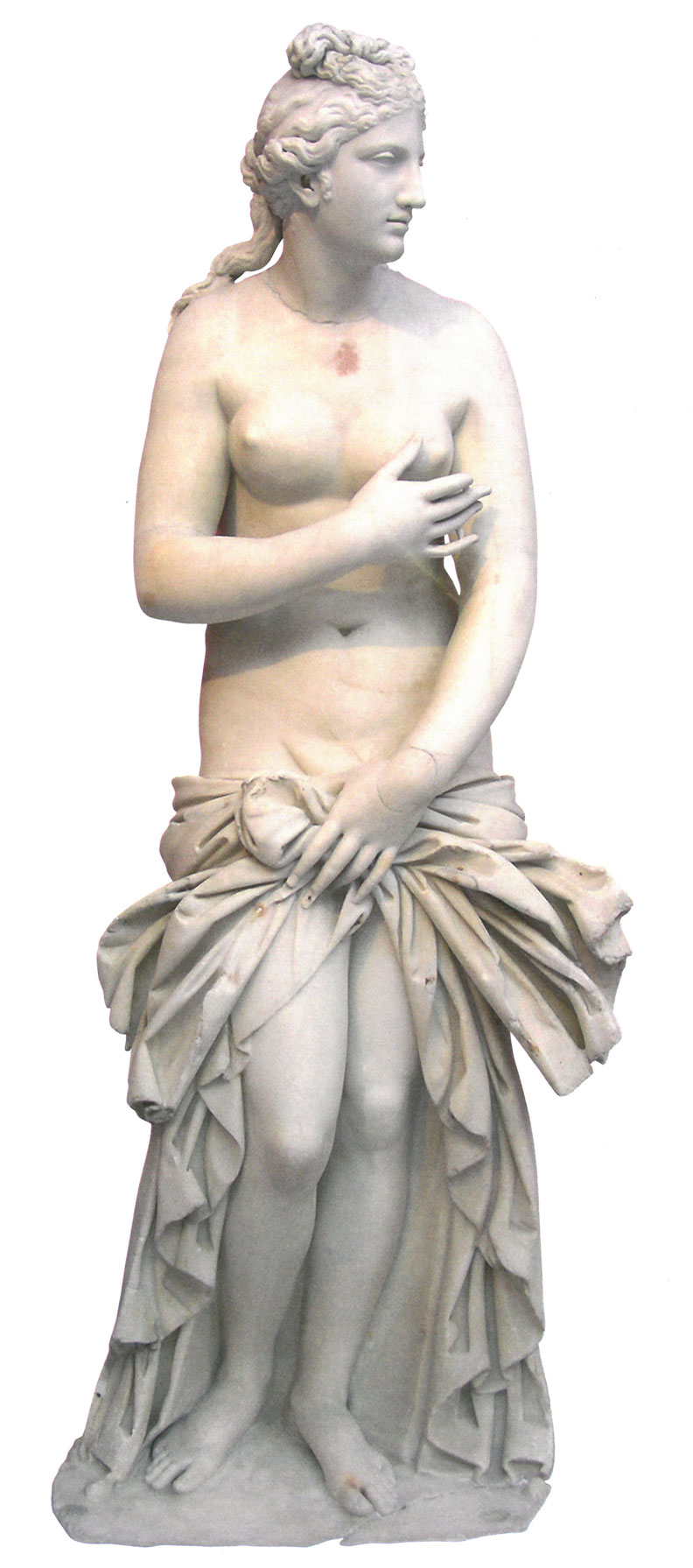
At the second station, back to the first, the visitor is invited to observe a precious legend of antiquity: the "Judgment of Paris". The myth begins with the reception organized by Zeus at mount Olympus for the wedding of Thetis with Peleus. The goddess Erida was not invited and avenged by throwing an apple that wrote "for the most beautiful". Jupiter avoided the difficulty of choosing among Hera, Athena, and Aphrodite, putting in the judge position a mortal, Paris. Hera promised him the kingdom of Asia, Athena offered him wisdom and victory in the battles, and Aphrodite laid the beauty and love, that is, the Beautiful Helen. Paris gave the "apple of discord" to Aphrodite, having as the result the ten-year war of the Greeks against the Trojans.
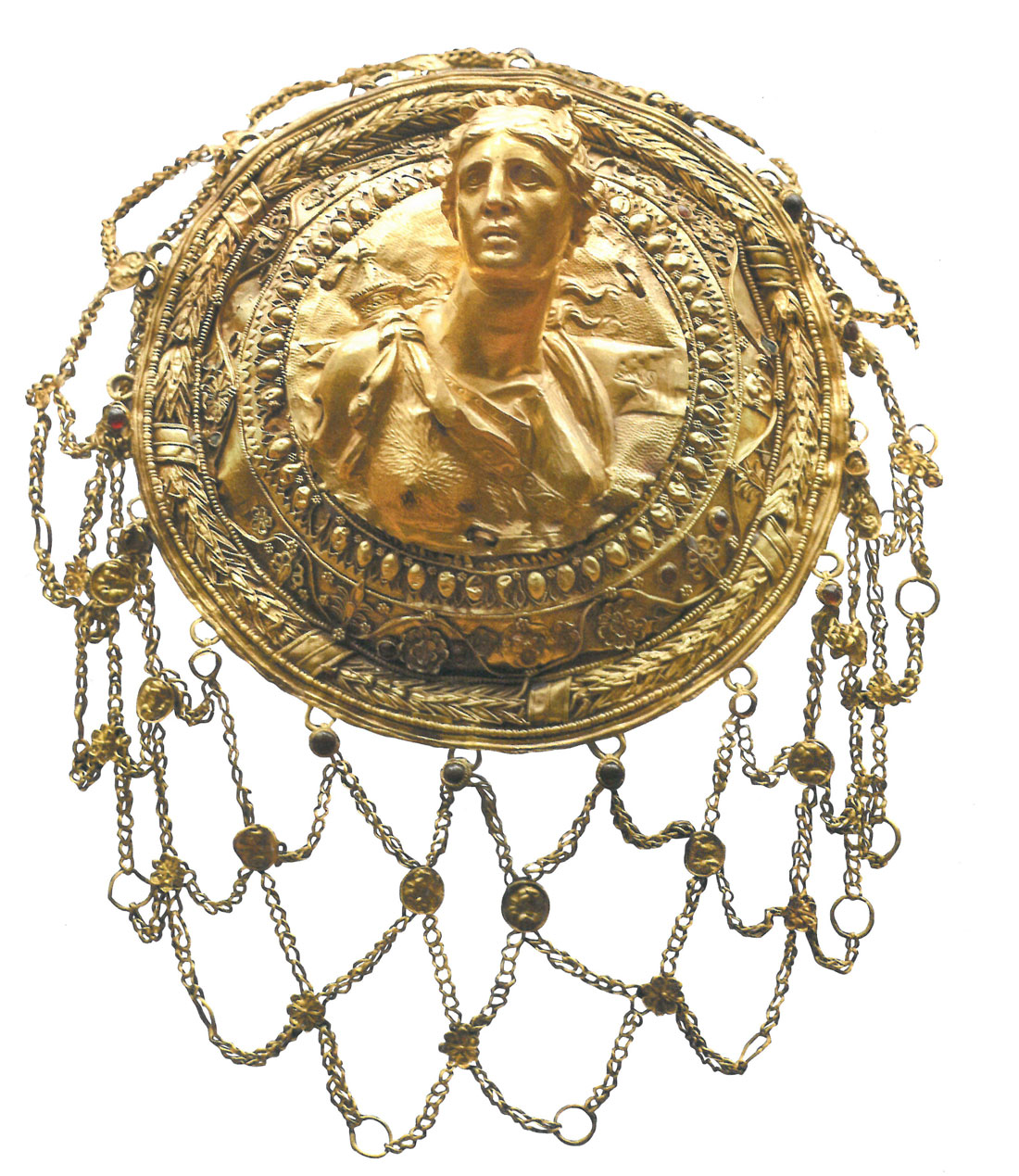
The exhibition presents this mythological narrative with five ancient works. Amongst them there is a marble statue of Aphrodite (1st century A.D.), which in its left hand holds the prize apple, and a red-figure kalyx krater with a depiction of the Judgment of Paris (around 340-330 B.C.).
Perfumes, ointments and powders
Hundreds of exhibits, inside the wall’s showcases, highlight the importance of clothing, footwear, hairstyle and all kinds of beautification, while two open bottles, come as a surprise, give the visitor the chance to smell an "ancient" perfume. It is a perfume made by Korres Company, according to information that signs of Linear B from Pylos (13th century BC), record.
"Women of the upper social class applied to their face in classical times, a layer of cerussite (white lead - carbonate of lead), with a view to having white skin.
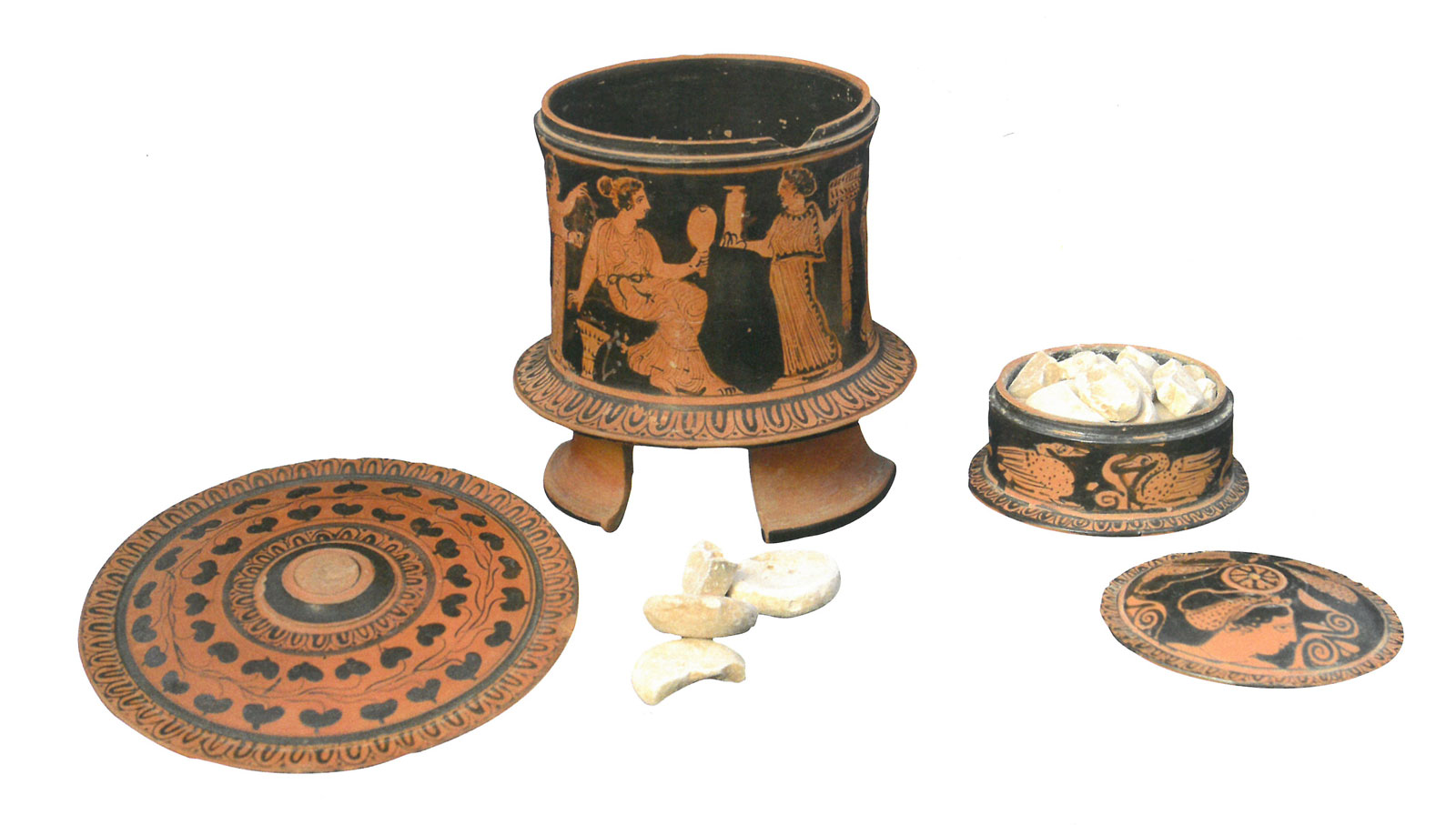
The illustrated vessels narrate how the clothing changes over the centuries. For example, the Doric peplos, depicted in the Deadalic figurines (7th century B.C.), in the mature classical times, gives its place to a thin peplos with rich folds and often transparent. The elaborate pyxis containing ointments, powders and cosmetic substances testify the desire of women to have white skin. In the extraordinary scientific list of the exhibition (edition of the Fund of Archaeological Proceeds) cosmetic products made by women, alone or with the help of specialists are mentioned. Among them was the "psimithion", a layer of cerussite (white lead - carbonate of lead) that women of the upper social class applied to their face in classical times.
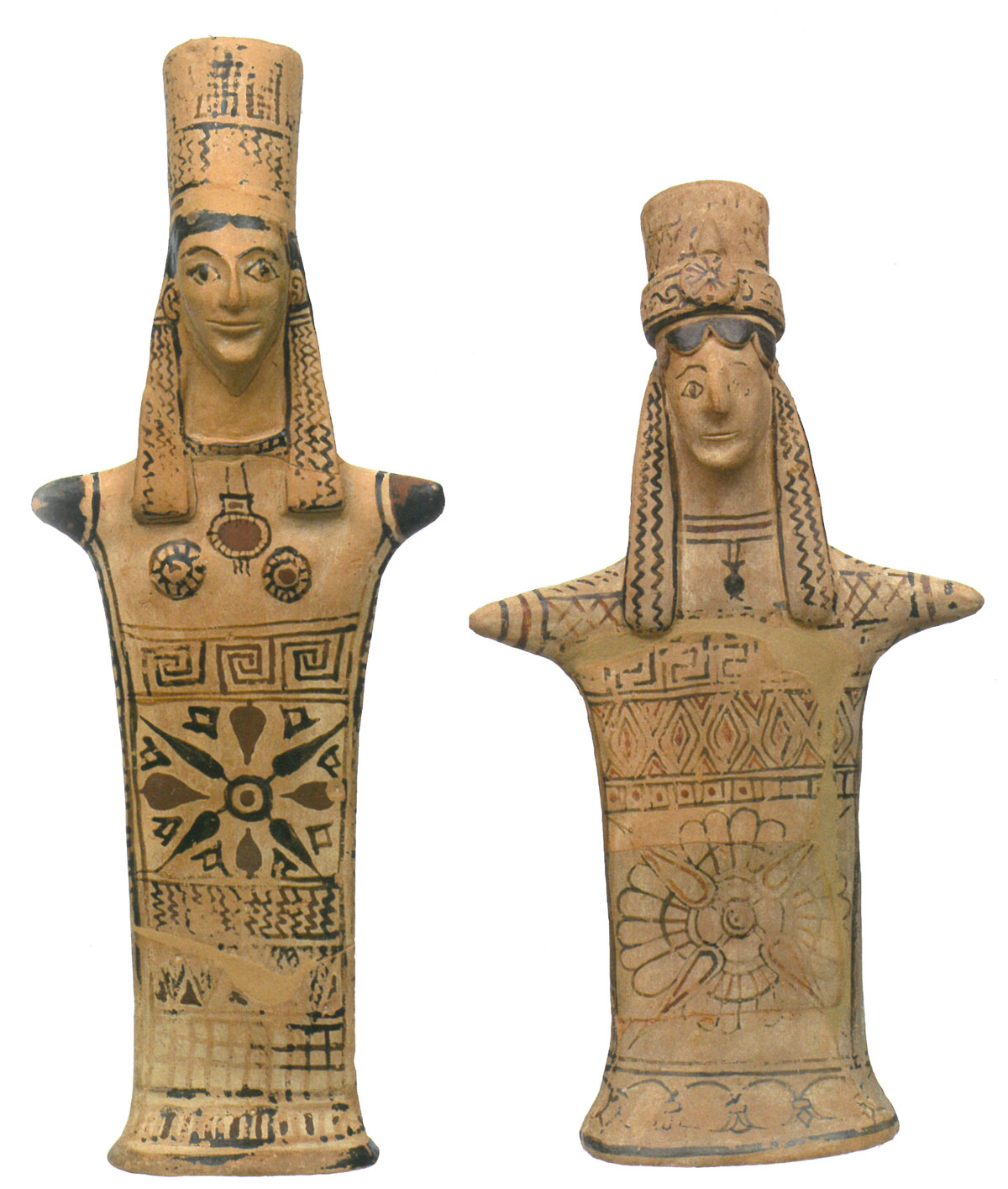
Enigmatic, abstract figures
The third section entitled “Focusing on the Body”, attends how the beauty is expressed in the visual rendering of the human body. The tour starts with anthropomorphic Neolithic figurines, clay and very small in the majority, representing mainly naked, corpulent, feminine figures. The oldest is a stone “hieria” figurine from the outskirts of Sparta, dating back to the Early Neolithic, about 6500-5800, placing the beginning of sculpture in that distant age. The famous Cycladic figurines especially beloved, due to the archetypal female figure they represent for their majority, are following.
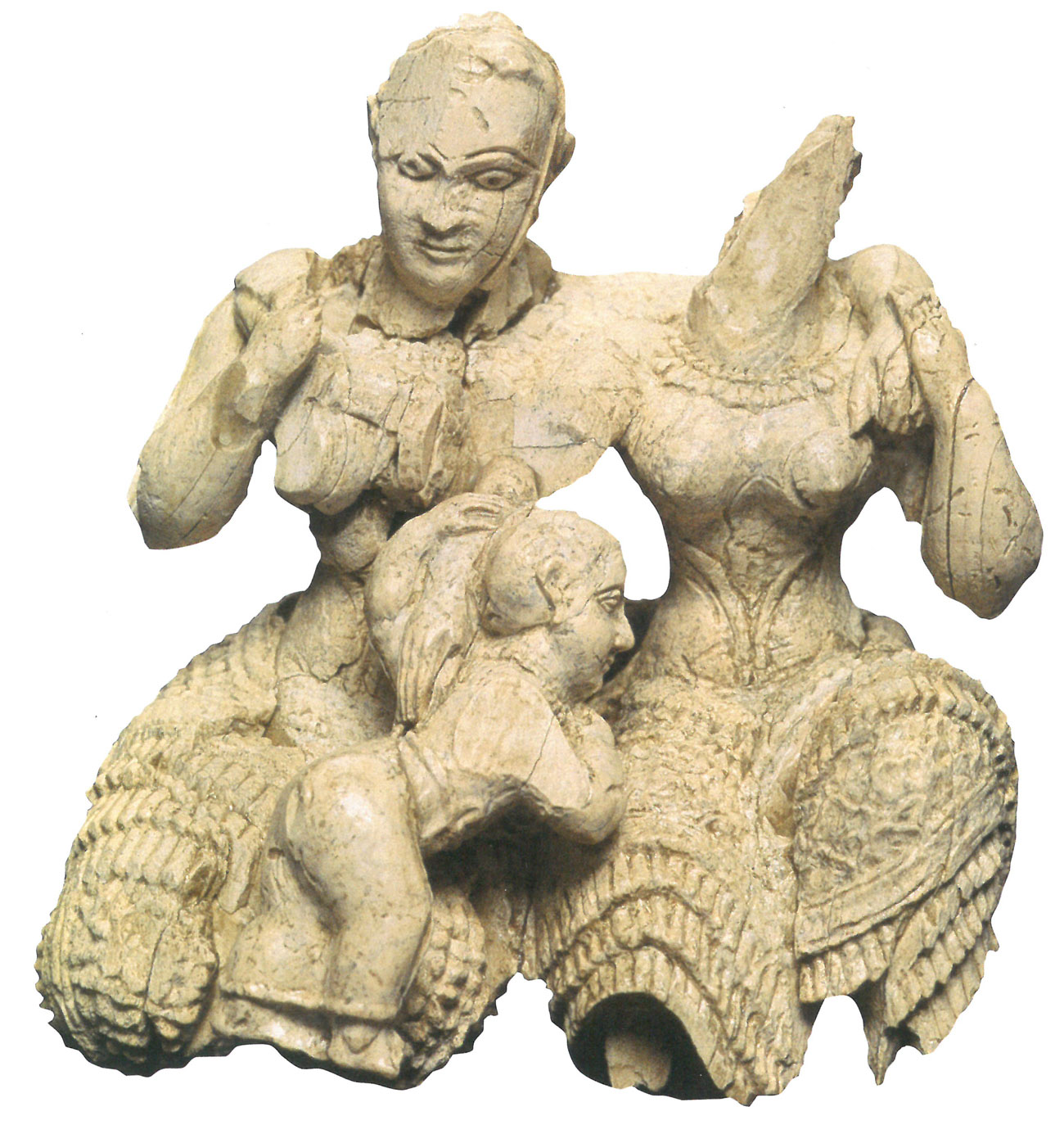
Starting from the 16th c. B.C., the exhibits of the Mycenaean period reveal the aesthetic ideal of the female figure in the Mycenaean world. The Mycenaeans do not smile, but adopt an expression of calmness, severity and sometimes strictness. A unique exhibit that you should not miss is a very small complex of two women who are lovingly embraced and help a little girl stand upright. The copper figurines of the Geometric period reflect the spirit of the heroic era, while kouroi with the solid bodies testify to the birth of the great plastic in the Archaic period.
From the ideal figures to realism
The exhibits of the Classical era bear the mark of the Classical Ideal, the rule and harmony, depict eternal beauty and youth and gain mobility, a fact that is recorded as momentous in art. Here we will see, among other great works, Roman replicas of great artists. A body of Aphrodite statue is a later Hellenistic replica of Aphrodite of Thespiae by Praxiteles (370-360 B.C). An impressive body of Asklepios (2nd c. B.C.), a sculpture with passion and intense mobility, reproduces the work of Skopas, the Parian artist (1st half of 4th c. B.C). The statue of diadoumenos from Delos (around 100 B.C.) copies a bronze work of the famous sculptor Polykleitos (420 B.C.) and gives the principles for the symmetry and proportions developed by the sculptor in his theoretical work “Canon”.
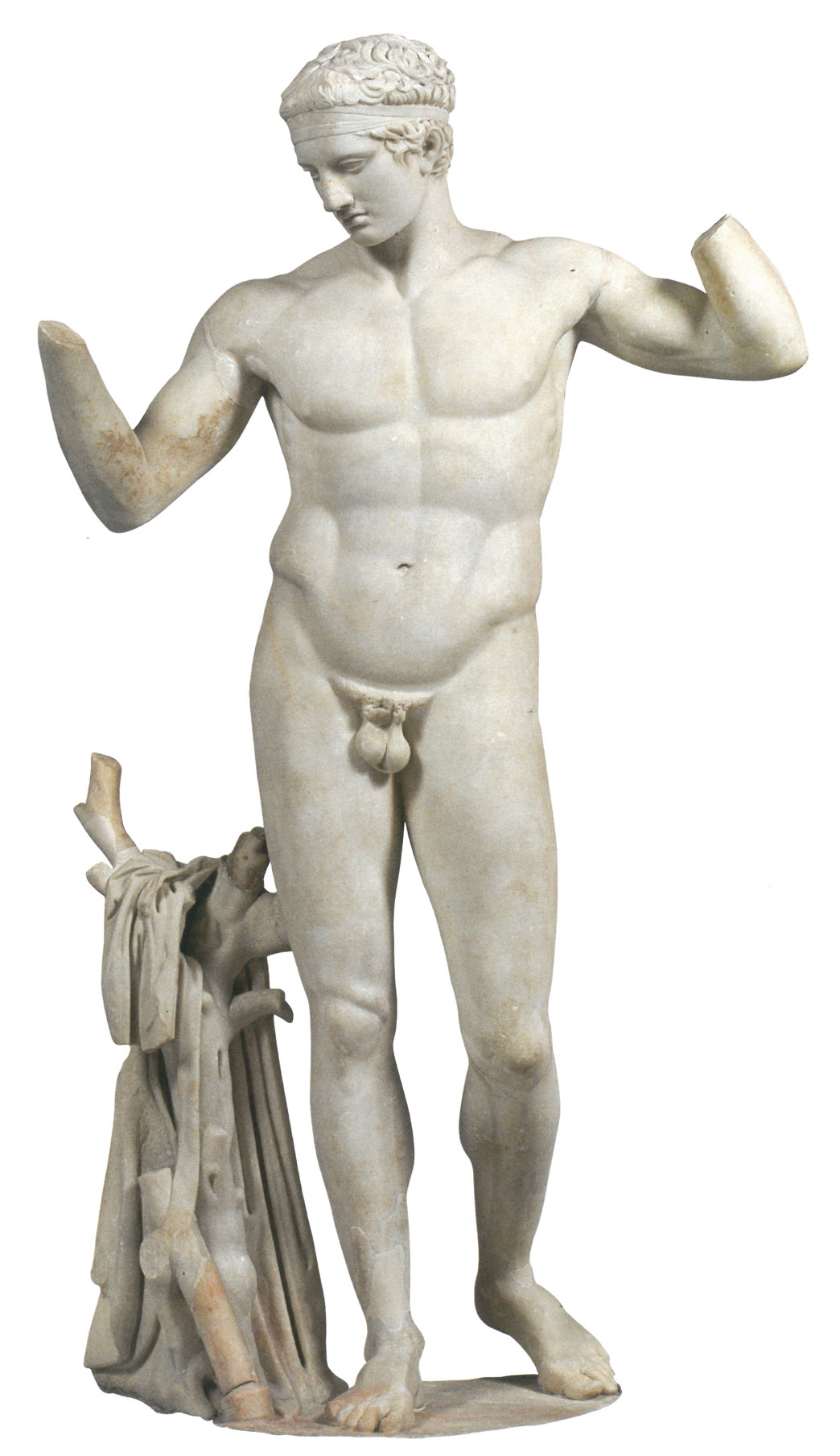
In Hellenistic period, the sculpture conquers realism, drama, intense movement and explosive passion. At the same period, a momentous reversal is taking place: the glorious sculpture works, which served the ideals of the city and religion until that time, are transformed into marketable works that decorate the palaces of the Hellenistic rulers and later the Roman villas. From the middle of the 2nd c. B.C., the increased demand for works of art leads to the mass production of replicas that refer to the ideal figures of the 5th and 4th centuries B.C. Indicative works of Hellenistic period with a classicist style include, amongst others, the statue of a new athlete from Eleusis (2nd century B.C.) and the small statue of a young man from Corinth (1st century BC), who is interpreted as a personification of Sleep or Death.
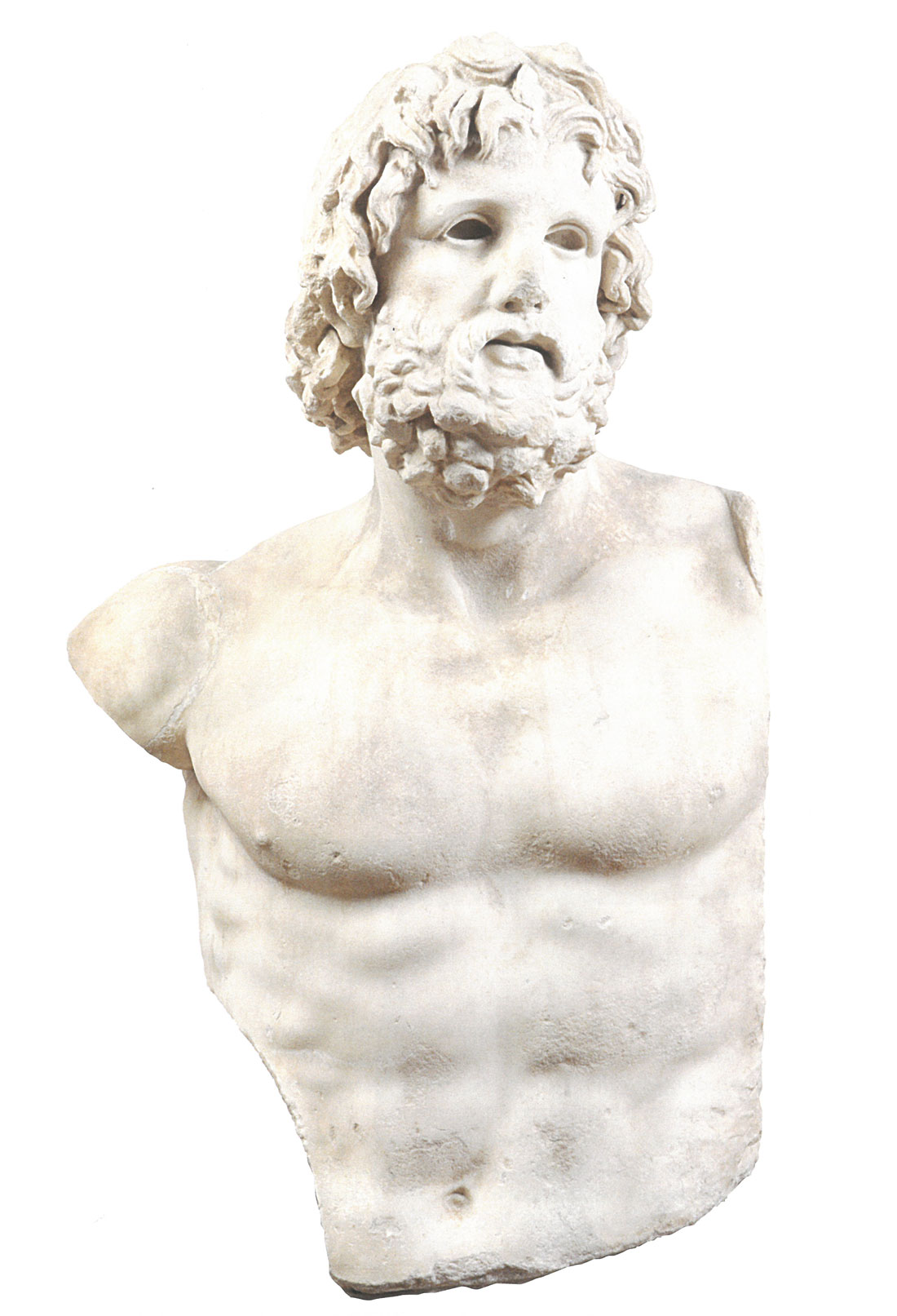
A breathtaking portrait
The exhibition closes with the section "The endless quest", where a bronze male portrait from Delos, dating back to the early 1st c. B.C., catches the attention. During the same century, Delos was destroyed and plundered twice (in 99 B.C. by Mithridates and 69 B.C. by pirates), causing it to fall into decline and gradually was abandoned. With melancholic expression and wrinkles at the edges of the eyes, the man depicted in portrait seems to unfold the thoughts and feelings of a man who lives in a troubled and unstable world, as confirmed by the destruction of the thriving Delos. Seeing his stochastic look, we have the feeling that he wonders about human existence, matters of importance and the essential that represents its value and beauty.
Information: Exhibition "The countless aspects of Beauty", National Archaeological Museum, 44 Patission Street, Athens. Exhibition’s Duration: run through the end of 2019. Webpage: www.namuseum.gr
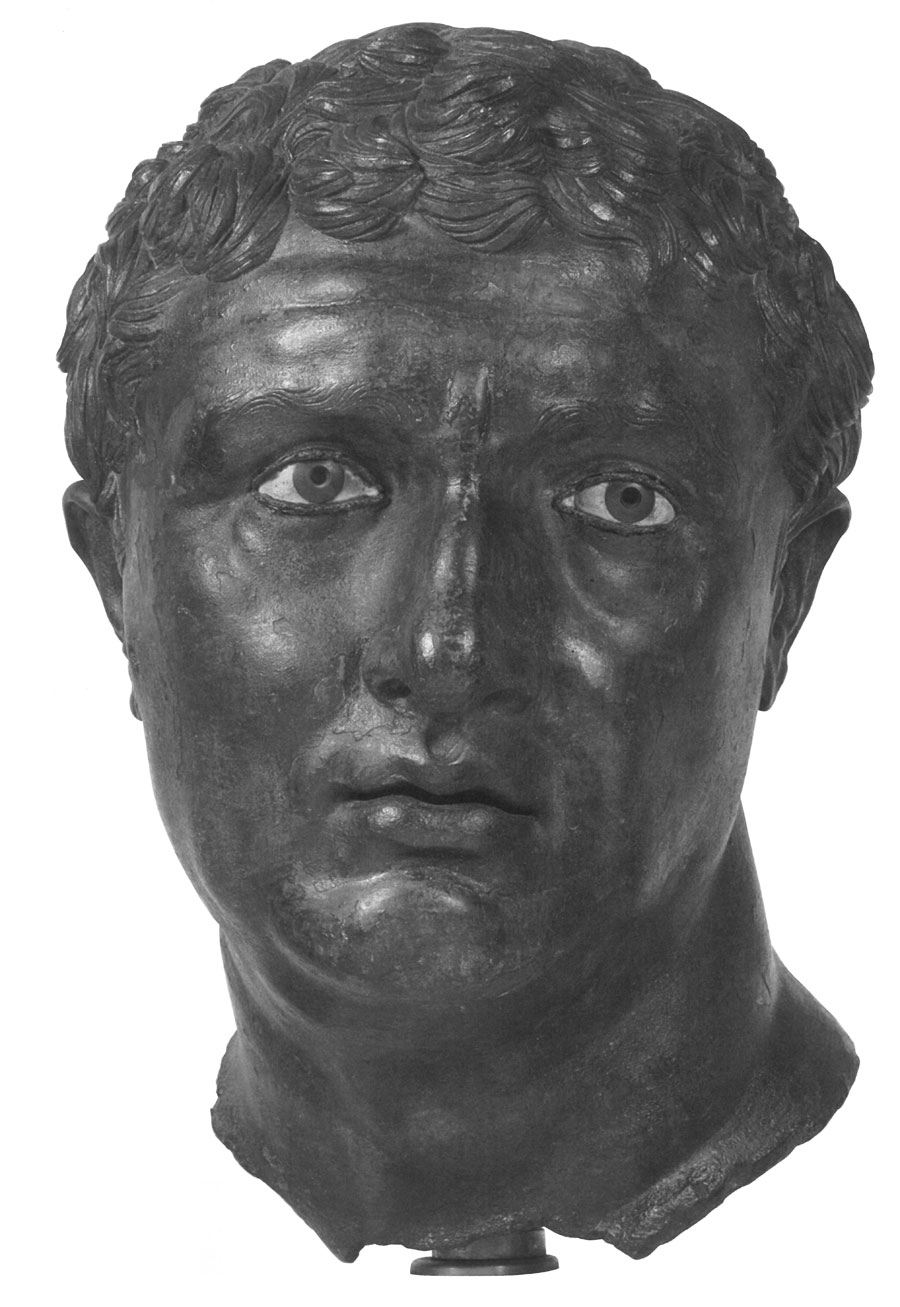
The exhibition belongs to the European Year of Cultural Heritage 2018 actions and forms the last part of the exhibition trilogy that was designed by the National Archaeological Museum to honour the 150th anniversary since the foundation of its emblematic building. The trilogy was inaugurated in 2015 with the exhibition «"A dream among splendid ruins...". Strolling through the Athens of Travelers, 17th-19th century» and continued in 2016 with the «Odysseys».
